|
The last few days, while taking paddle boat trips on the lake, it has finally begun to sink in just how incredibly lucky I am to have been able to come visit this village in Kashmir. This feeling set into place with a satisfying click today while I glided over clouds and lily pads resting on the perfect mirror surface of the lake. The quiet and beauty one feels on this still and endless body of water are beyond measure. When you listen closely, you can hear wisdom of water ring clear all around you; from the physics of ripples, to the flowing frictionless surface, to the random yet synchronized dance of lily pads and crystalline clouds. Sitting so close to its surface and paddling gently, rhythmically, my mind softens and becomes still as the water. The lake is so clear that, peering into that other relm, as I slip by silently above, I can see both the red, coiling, roots of the lily bellow, her graceful green pads floating on the surface, and the reflected arching sky above all in one frame.
Then looking up one sees the towering mountains, shroud in a fine mist, which boarder the lake on three sides. Above them the sky is a misty blue and, near sunset, is strewn with a thousand thin cirrus clouds, skipping like ripples across the heavens. The villages scattered throughout the marshy waters of the lake’s interior are a far cry from anything I have ever known or seen. The “roads” are all water ways; some high trafficked canals are clear while the lesser used pathways are thick with tiny floating plants making a green carpet and the illusion of land. Everyone travels by boat, and all the boats are powered by paddle. Even small children carry their own little paddles, though how much paddling they actually do remains a mystery. Still it’s a sight so unbearably cute, these small children with tiny hands wrapped around miniature paddles, it makes me want to stop everything and snap a thousand pictures. The houses, perched on small patches of land, are a shoddy mess of wood, sheet metal and brick. Sometimes they are painted, but are often just raw materials patched crudely together. Still there is a distinct charm to the way the buildings look, raw and earthen, tucked between trees and vegetable patches and rising out of the water, reflected in its surface. Some stretches of water way are indeed magical, passing below weeping willows and bridges laced with bright green moss and climbing vines, the small floating plants speckling the dark water like stars in an inky sky. Some families keep chickens, goats or sheep on their plots of land and ducks are a constant feature along the canals, constantly scavenging the shallows for food. Men are seen out in the lotus fields, perched on the bow of long narrow boats, expertly harvesting the delicate and prized lotus root. They use a long rod with a hook on one end which they hammer repeatedly into the lake floor, to loosen the dirt and pull up the roots. They later bundle the roots for sale using palm leaves to tie them together. The women, in contrast, work to harvest the lily plants which are sold in the market and used to feed livestock, especially animals that are milked as the plants are supposed to support good milk production. These women also work from the bow of the long thin boats, piling the lily plants high behind them, in the belly of the boat. Paddling along between the lotus and lily fields many birds can be seen circling the skies. Quite often one sees the large imposing silhouette of the eagle circling above. If you’re lucky you might see him pause his scouring of the sky to rest regally on a wooden post nearby. Smaller water fowl scamper along the water’s surface, scurrying along on the lily pads, stopping to swim only when the vegetation thins. One can often see the brilliant blue or the white and black spotted Kingfisher, master of his trade, flying swiftly above, hovering in place for a few crucial moments before rocketing down into the water to catch his next meal. Crows are also a common sight in the skies, their dark forms swooping low to rest on roof tops or fence posts. These crows have adapted for the frigid winters here and sport fluffy grey ruffs around their neck. Despite the constant twittering and flight of the birds the lake maintains a beautiful stillness that infuses my consciousness. The pace of life here is slow and deliberate, like the even measured rhythm of paddle strokes. Despite the hardships of poverty, the people here live and move by this pace and it is distinctly felt while watching them work and live and while gliding through their world.
2 Comments
Mom
12/4/2011 01:34:49 pm
Erin, your photos of the village in Kashmir (don't remember its name and it's not in your blog entry) are absolutely beautiful. I love the grasshopper (?) and especially the water lily leaves. (I want to frame that one!) And, your descriptions of the mountains, sky, birds, water bring me right to where you were.
Reply
10/12/2017 05:37:38 am
Those photos... Sometimes I'm wondering, how the hell people can live in such places where's almost no civilization? I mean, when you see some African country, you still can relate it somehow, but very much East European countries live the same. It makes me sad so much.
Reply
Leave a Reply. |
Faeryn FireA fiery fairy who has set off to explore Asia and discover new things about the world and herself. The journey is one to fully realize her strength and an unwaivering faith in her personal power. Archives
December 2013
Categories |

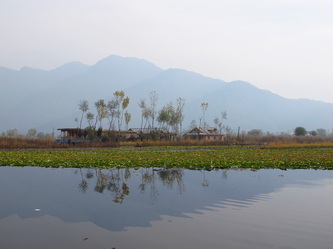
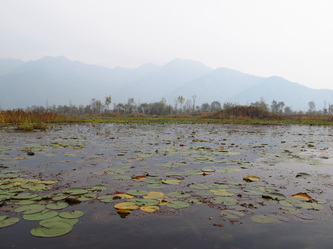
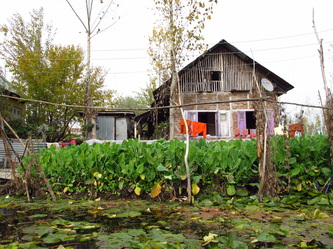
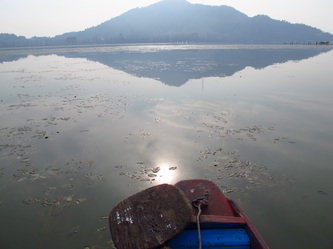
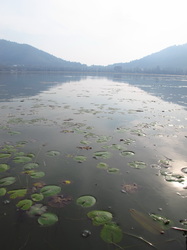
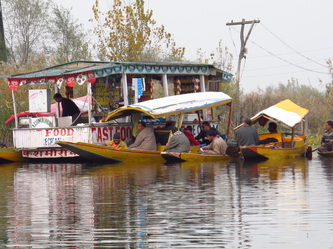
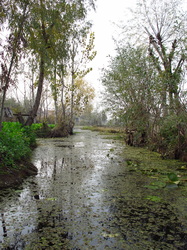
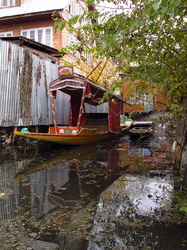
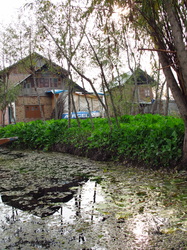
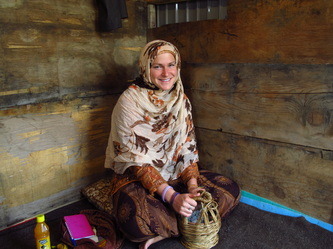
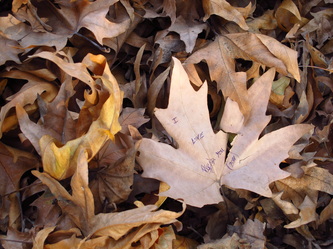
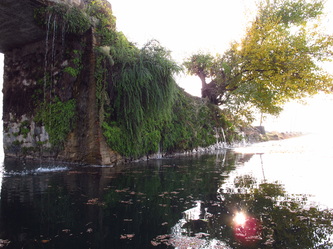
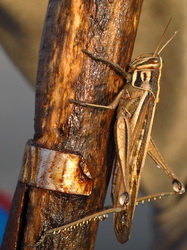
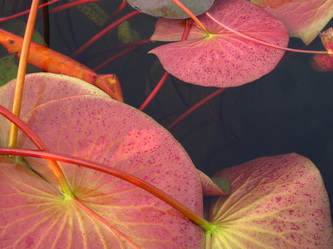
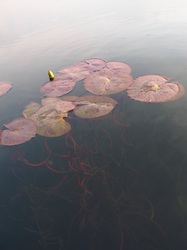
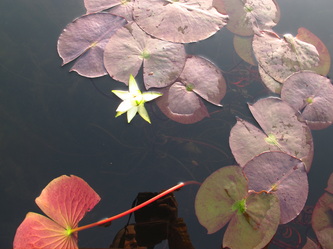
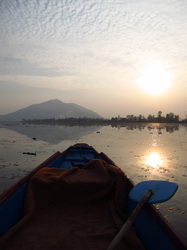
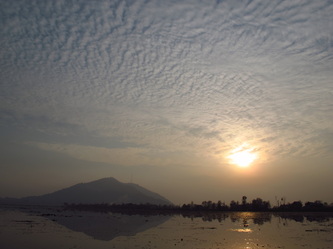
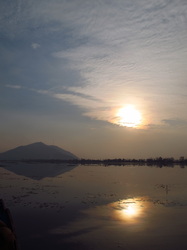
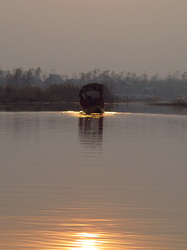
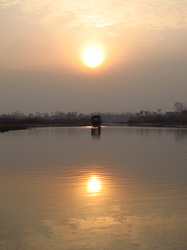
 RSS Feed
RSS Feed
